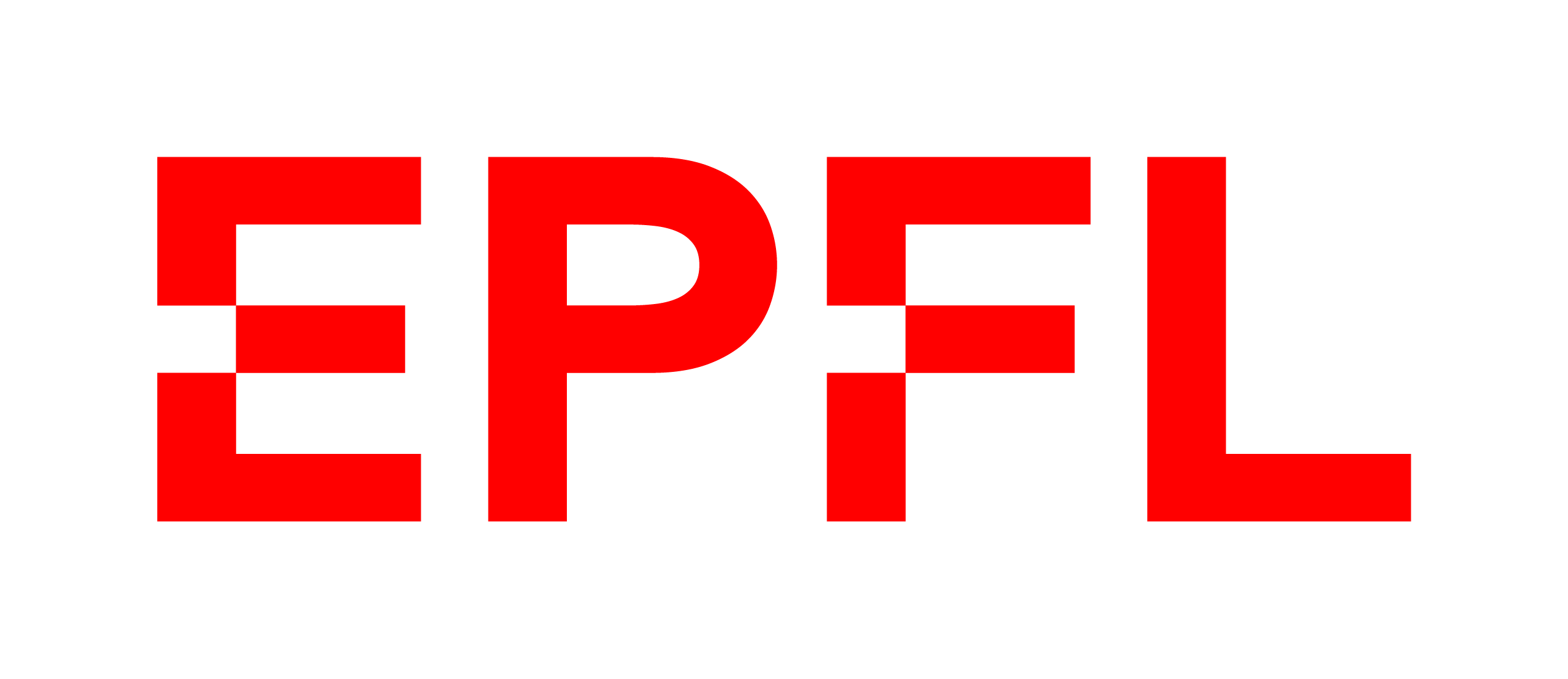The placenta is an organ that connects the fetus to the maternal blood system to provide oxygen and nutrients to enable fetal growth. Placental dysfunction can affect both the child’s health and the mother’s health, so there is a critical need to assess placental health and function in vivo, or during pregnancy. Magnetic resonance imaging (MRI) in pregnancy has emerged as a promising imaging technique to quantify placental function and study health conditions in pregnancy. However, interpretation and analysis of the MRI scans is challenging as the images are low resolution, have low SNR and contain significant artifacts caused by fetal motion. Consequently, algorithmic techniques are necessary to extract relevant and meaningful signal in the placenta to quantify health and function. In this talk, I will provide an overview of several problems in placental image analysis including segmentation, registration, and visualization. I will describe some of our group’s work on these topics and highlight open challenges. I will conclude by discussing the potential of this work in clinical research studies to improve fetal-maternal health.

